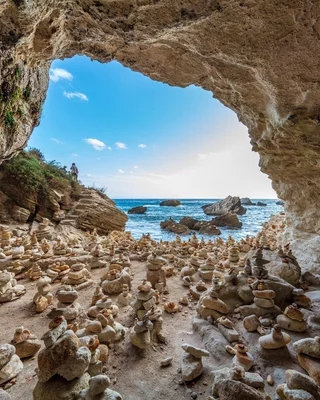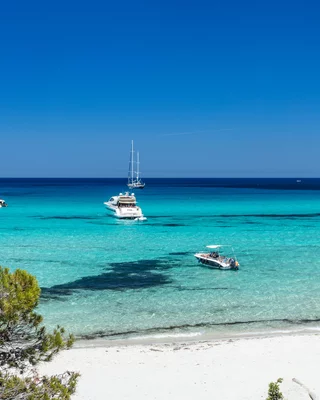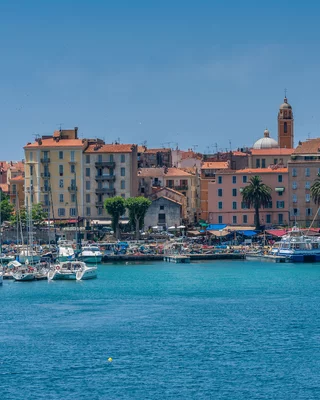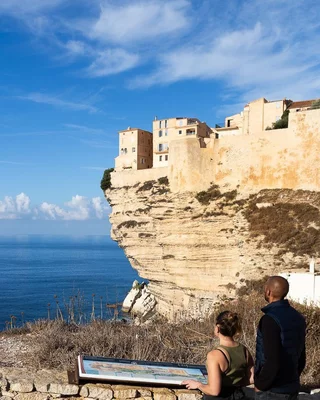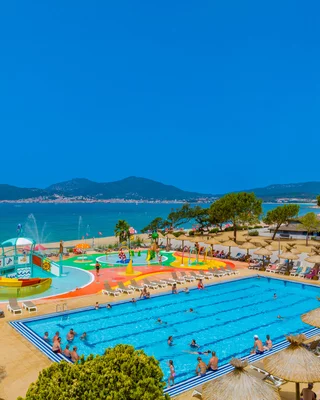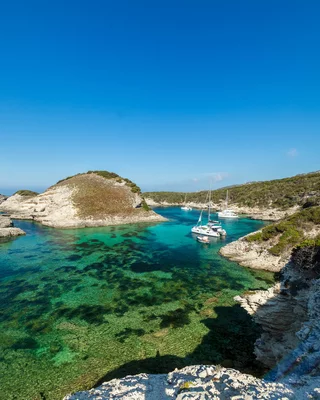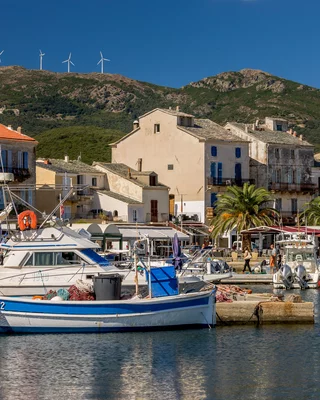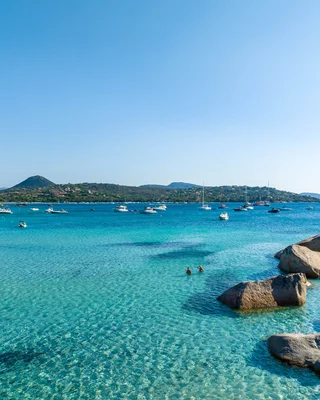Why spend January in Corsica?

With radiant sunshine from the beginning to the end of the year, all seasons are perfect for a trip to the Isle of Beauty. In January in Corsica, take advantage of one of the mildest climates in Europe to explore the island's treasures. Stroll along the most beautiful beaches, hurtle down the slopes and sample Corsican gastronomy. If you're looking for peace and quiet, here are our reasons to visit Corsica in January.
Visit Corsica's museums
In January in Corsica, take advantage of the quietness of winter to explore the island's cultural and historical sites. From Bastia to Ajaccio , via Calvi, Bonifacio and Porto-Vecchio, Corsica's history and heritage is rich, and there's no shortage of places to visit.
Your dive into the island's history begins in the north with the town of Bastia, the former capital of Genoese Corsica. The town's museum, housed in the former palace of the Genoese governors, retraces the great periods in the island's history. If you're in Bastia in January and the temperatures are chilly, you can explore the palace. More than just a shelter, this museum is a veritable history book that you can browse through as you move from one exhibition room to the next.
For the second leg of your January trip to Corsica, we take you to Ajaccio. In the Corsican capital, follow in the footsteps of an illustrious figure in French history: Napoleon Bonaparte. In the emperor's birthplace, in the imperial chapel or on the walls of the Musée Fesch, many of the city's sites are dedicated to him.
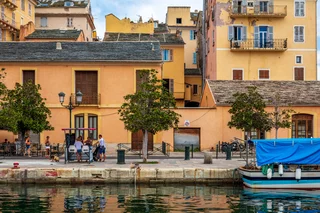
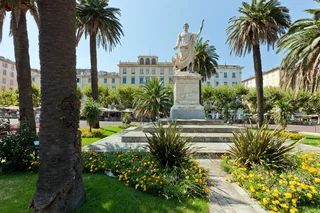

Winter recipes
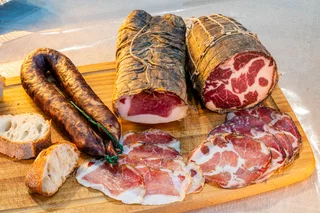
Although all seasons are conducive to indulgence, in winter, when temperatures drop, it's always good to warm up with a delicious dish or a few specialties. Make the most of your January trip to Corsica to sample some of the island's finest dishes and products.
From Ajaccio, follow the paths that will take you to the island's snow-covered hills, towards the village of Cuttoli-Corticchiato at the foot of Punta San Petru. Near this superb perched village, the Scarbonchi family awaits you to taste one of Corsica's emblematic products: figatellu. This traditional pork sausage is only produced in winter. If you're vacationing in Corsica in January, you'll have the privilege of tasting this refined charcuterie, perfect for warming up when the temperature plummets and snow covers the peaks of the Ajaccio hinterland.
Another exquisite and delicate product makes its appearance in Corsica in winter, and it's towards the coast that it's found. On the island, December marks the opening of sea urchin fishing. In January in Corsica, start the year with a delicious sea urchin dish. In Bonifacio, in the south of the island, you'll be in the right place to find this seafood.
From sand to snow
If the island of beauty is known for its paradisiacal beaches and sun-drenched scenery, in winter it's just as enchanting. In January in Corsica, discover snow-covered peaks, wind-swept coastlines and towns with a wintry rhythm.
When water temperatures are too cool for swimming and water sports, you can indulge in other activities. In the heart of Corsica, three ski slopes welcome winter sports enthusiasts all winter long. If you'd like to try out the Corsican powder, we recommend the resort of Ghisoni. Once you've hit the slopes, you can warm up in the thermal baths of Pietrapola, less than an hour from the ski area.
In January, Corsica's cooler climate lends its beaches and coasts a special charm. Deserted by holidaymakers, the coastline reveals all its beauty at this time of year. Visit two of Porto-Vecchio's most beautiful beaches, Palombaggia and Rondinara, to admire the picture-postcard scenery that attracts so many holidaymakers in summer.
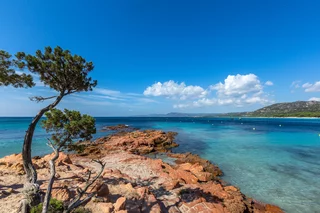

What's the weather like in January in Corsica?
Although the days are often sunny on the Corsican coast in January, the water temperatures are still too cool for swimming.
Despite being the coldest month on the island, the climate remains relatively mild, with average temperatures around 9° in Calvi, 11° in Bastia and Ajaccio, 12° in Porto-Vecchio and up to 13° in Bonifacio. As far as the weather is concerned, January in Corsica is one of the rainy months, but rainfall remains relatively low. There is an average of 144 hours of sunshine in January, with only 61.6 mm of rain.
On the other hand, water temperatures are very cool, averaging around 14°. But the mildness of the days around the Corsican coast means you can enjoy a day in the sand or on a terrace facing the sea.
Our local advisors can guide you!
When is the best time to go to Corsica?
The best time to visit Corsica for less is undoubtedly at the beginning or end of the season. Consider the months of May, June or September to October to discover the island of beauty. During these months, you can fully enjoy the clear skies and the seaside, while avoiding the crowds and high prices of the high summer season. These periods offer an excellent opportunity to discover Corsica in a more tranquil atmosphere, while benefiting from more affordable rates for accommodation and activities. Take advantage of these times to explore many of Corsica's treasures without breaking the bank.
When is the best time to visit Corsica?
The best time to visit Corsica is generally in spring and early summer, when the island's Mediterranean climate offers ideal weather, marked by pleasant, bearable heat. The months of May and June are ideal for enjoying the island's uncrowded beaches and nature in full bloom. Autumn is also a good choice, especially for those wishing to avoid the excessive heat of summer. Corsica's mild winters even make for pleasant off-season visits, ideal for hikers and nature lovers. So, whether you prefer peace and quiet or summer activities, you can choose the time of your stay to take full advantage of what the island has to offer.
